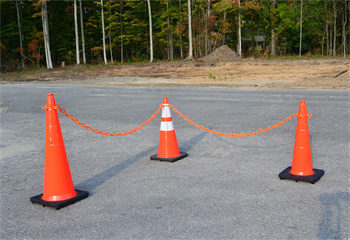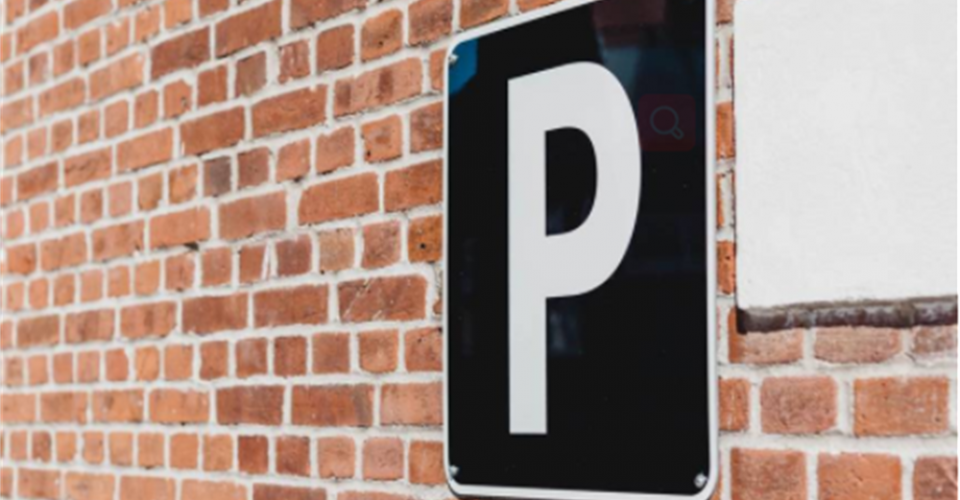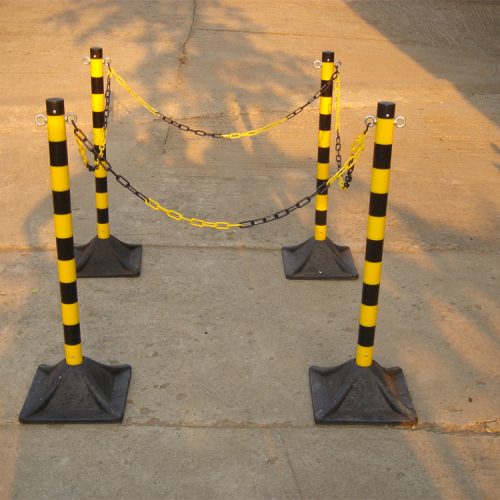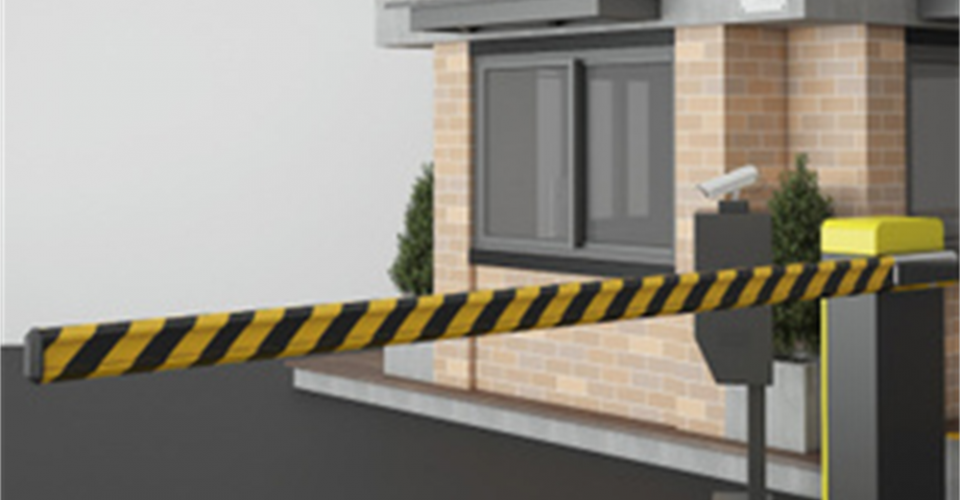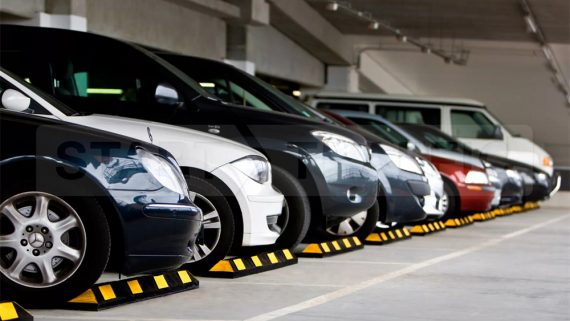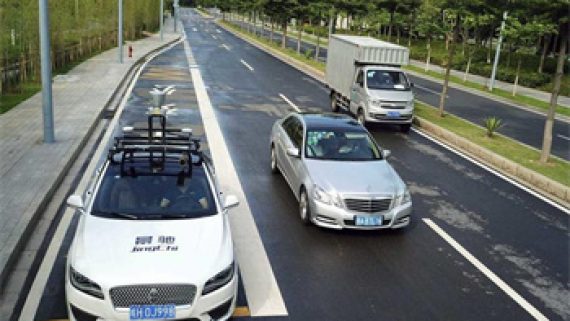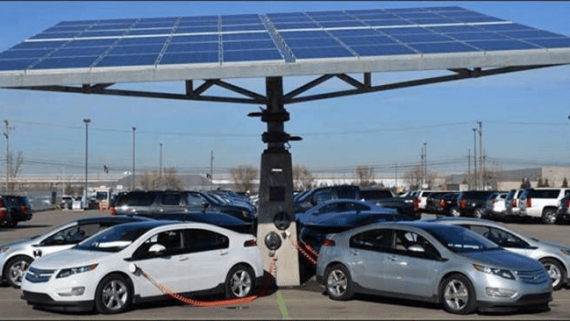A GUIDE TO PARKING ACCESS SYSTEMS
Any parking location has different needs to optimize its flow with the rest of the city and to get the most out of the car park. A parking access system manages the access of a parking facility and entails a couple of key components.
Parking access components
When arriving at a car park, there is usually a clear physical separation which shows where to enter a car park. There are numerous ways to control the inside and outside of the parking, namely via a gate, garage door, pole, barrier or a chain with a lock. Referred to in this guide as parking access components which can serve to benefit easy entrance to specific target groups and bring an additional level of safety. Find an explanation for the main parking access components below.
Signage
In almost all cases there will be some indication near an entrance with a sign to indicate the entrance of the parking. Universally this will be indicated with a sign with the letter ‘P’. Other signs can indicate which users may access this parking (e.g. “private parking” or “parking for residents” etc.) or the consequences, such as risking being towed when you do not belong at the parking (or without proper payment). A sign only is not secure as people can bypass it easily, but it can be used in combination with other parking access components.
Chain/Pole (with lock)
Minimal security is reached by adding a chain or removable pole (including/excluding a lock) to indicate the entrance of a parking location. This will stop most people from entering the car park by car if they aren’t allowed in, but if easy to remove, may not provide the biggest barrier. This parking access component is something which could work in more remote areas such as, for example, an outside car park belonging to residents of an apartment building. Besides this, it doesn’t require much investment or upkeep. Simply copying keys and replacing locks when necessary.
Automatic pole(s)
It is possible to install automated poles in front of an entrance of car park, which can be automatically lowered into the ground, based on sensor recognition or through a (personal) button or key. This is not very commonly used as it gives the same issues as a garage door, gate or barrier, but offers less security. It is more commonly used to indicate areas in parts of cities or on terrains where people are not allowed to enter by car or in combination with other components as an additional safety measure.

